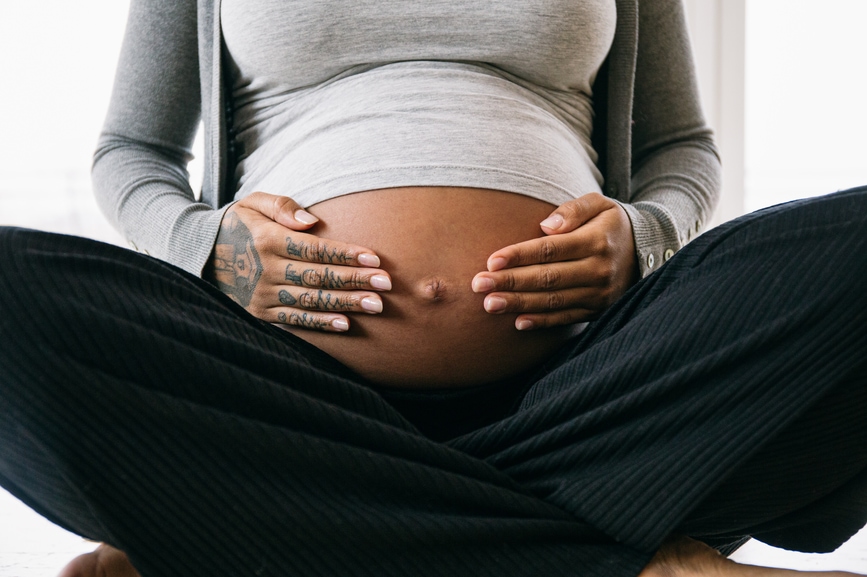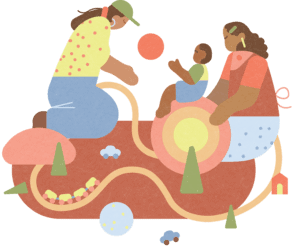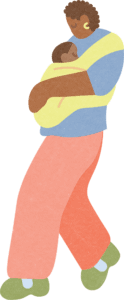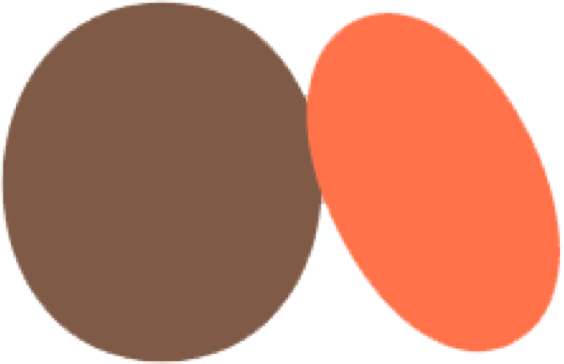Disclaimer: For the sake of this article, we are talking about prenatal yoga inversions, not Spinning Babies® Inversions.
When practicing prenatal yoga, there are so many benefits from practicing inversions for the body, especially a pregnant body. Inversions may help to relieve tired, aching legs, and swollen feet caused by the extra weight of pregnancy, by improving blood flow, calming the nervous system, balancing hormones, reversing the flow of blood in the body, and bringing fresh oxygen rich blood to the brain. Inversions also move lymphatic fluid through the body, which plays a key part in removing toxins and keeping the immune system healthy!
But that being said, if you feel that inversions are not for you, do the things that make you feel good and leave the rest. Let your body and intuition guide you in your Prenatal Practice. Now is the time to really be listening to what your body is asking for.
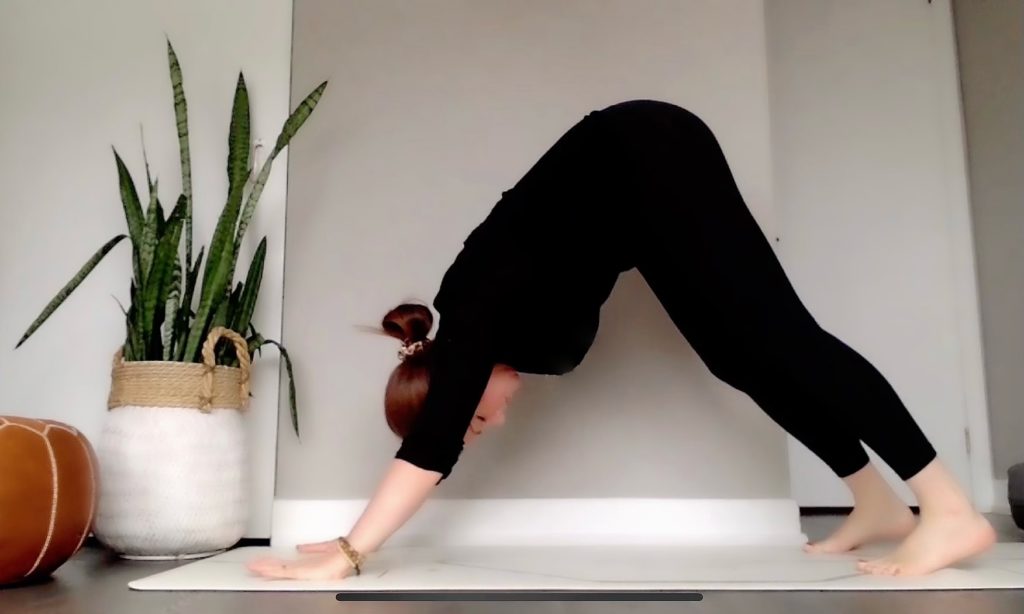
An inversion is most generally categorized as any asana in which the head is below the heart. The inclusion of gentle inversions like Legs-Up-The-Wall and Supported Bridge are standard in many Prenatal Yoga classes. If you are resting with legs up the wall, you may be more comfortable by placing a bolster under your hips to elevate them above your heart. If you don’t have a bolster at home, you could use a stack of blankets to elevate your hips or build a ramp with those blankets and two blocks. This helps to support the weight of your baby in a safe manner, preventing your baby from compressing important blood vessels, which could in turn decrease the amount of blood returning to your heart.
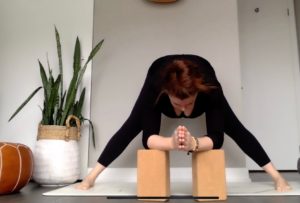
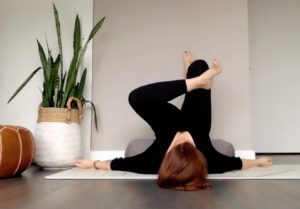
Don’t worry – if you are comfortable in this position without the addition of a bolster, you do you, mama! Your baby will surely tell you if you’re in a position that you shouldn’t be.
Downward Facing Dog (Adho Mukha Svanasana), Dolphin Pose (Ardha Pincha Mayurasana), and Wide-Leg-Forward-Fold (Prasarita Padottanasana) are also considered inversions. I often include these asanas in my Prenatal Yoga classes and encourage students to widen their stance to allow more space in the front of the body, especially if they are further along in their pregnancy.
Such asanas like these also strengthen the shoulders and upper back area, which will help you prepare your body for the Fourth Trimester (the first months after giving birth). In the fourth trimester, your body is making some huge adjustments, including adjusting to new postural changes that may come from carrying your baby in your arms, and the potential extra weight from larger breasts. It will be easier to adjust to these changes if the muscles in the surrounding areas are strengthened and prepared.
Inversion postures may also help to strengthen and stretch the lower back, which is a common area of discomfort for prenatal students.
What About Advanced Inversions?
When we talk about advanced inversion, we mean headstands [Salambasana], handstands [Adho Mukha Vrksasana] and Forearm stands [Pincha Mayurasana]. The postural changes that accompany pregnancy, including an ever-changing center of gravity, can make these postures a bit more challenging than they were prior to pregnancy. In general, pregnancy is not the time to begin learning advanced inversions. However, if you have experience with advanced inversions prior to pregnancy, you may want to speak to your healthcare practitioner prior to attempting them in pregnancy to confirm that they are still appropriate for you. A visit to a pelvic health physiotherapist familiar with pregnancy or a prenatal chiropractor would also be a good place to start to assess whether you are a good candidate to continue with more advanced inversions during your pregnancy.
Introducing Pretnatal Yoga Into Your Practice
If and when you are reintroducing these advanced styles of inversions into your prenatal yoga practice it’s best to incorporate the support of a wall or your partner to spot you, for additional balance and safety.
Prenatal Yoga Safety: Do’s and Dont’s
In general, we recommend holding most inversions for no longer than 5 breaths at a time before returning slowly to an upright position. This is to reduce the risk of a fall due to reduced blood pressure in that position. Falling can also be due to reduced core strength, but that would be more of a concern when practicing advanced inversion postures.
During pregnancy the body releases a hormone called “Relaxin”. In preparation for childbirth, relaxin helps to relax the ligaments in the pelvis and softens and widens the cervix, but the hormone also affects other areas of the body, so it is best to keep that in mind not to allow your body to stretch or bend deeper than what you are used to in your normal practice, avoiding injury or overstraining. Relaxin may make you feel more flexible than you used to be, which can be great, but can also mean that if you’re not paying enough attention, you may overdo it.
Lastly, be mindful that there are definitely limitations as to what inversions are safe. Inversions like Plough Pose (Halasana) need to be avoided. You want to keep from compressing your baby at all times. Any posture that involves compression or inward twisting need to be avoided during pregnancy.
At the end of the day, it is up to every person to decide what is right for them and their baby on the yoga mat. Listen to your body and feel the postures, intuitively. If it feels painful, uncomfortable, or restrictive, then ease out safely and refrain. After all, it is this practice of tuning into your own intuition which will serve you best during pregnancy, birth, motherhood and beyond.
To read more about Prenatal Yoga check out our blog: Check out the benefits of yoga during pregnancy
Relax your body, Calm your mind
Learn more about prenatal yoga at Oona

